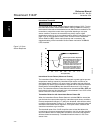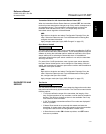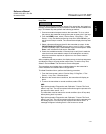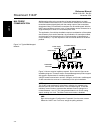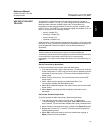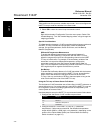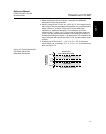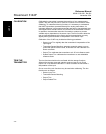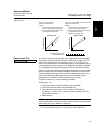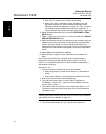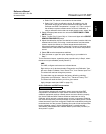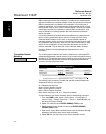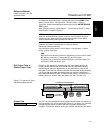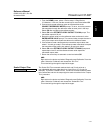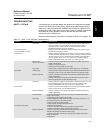
Reference Manual
00809-0100-4021, Rev DA
November 2004
Rosemount 3144P
3-28
HART
CALIBRATION Calibrating the transmitter increases the precision of your measurement
system. The user may use one or more of a number of trim functions when
calibrating. To understand the trim functions, it is necessary to understand
that HART transmitters operate differently from analog transmitters. An
important difference is that smart transmitters are factory-characterized; they
are shipped with a standard sensor curve stored in the transmitter firmware.
In operation, the transmitter uses this information to produce a process
variable output, dependent on the sensor input. The trim functions allow the
user to make adjustments to the factory-stored characterization curve by
digitally altering the transmitter’s interpretation of the sensor input.
Calibration of the 3144P may include the following procedures:
• Sensor Input Trim: digitally alter the transmitter’s interpretation of the
input signal
• Transmitter Sensor Matching: generates a special custom curve to
match that specific sensor curve, as derived from the Callendar-Van
Dusen constants
• Output Trim: calibrates the transmitter to a 4–20 mA reference scale
• Scaled Output Trim: calibrates the transmitter to a user-selectable
reference scale.
TRIM THE
TRANSMITTER
The trim functions should not be confused with the rerange functions.
Although the rerange command matches a sensor input to a 4–20 mA
output—as in conventional calibration—it does not affect the transmitter’s
interpretation of the input.
One or more of the trim functions may be used when calibrating. The trim
functions are as follows
• Sensor Input Trim
• Transmitter Sensor Matching
•Output Trim
• Output Scaled Trim



